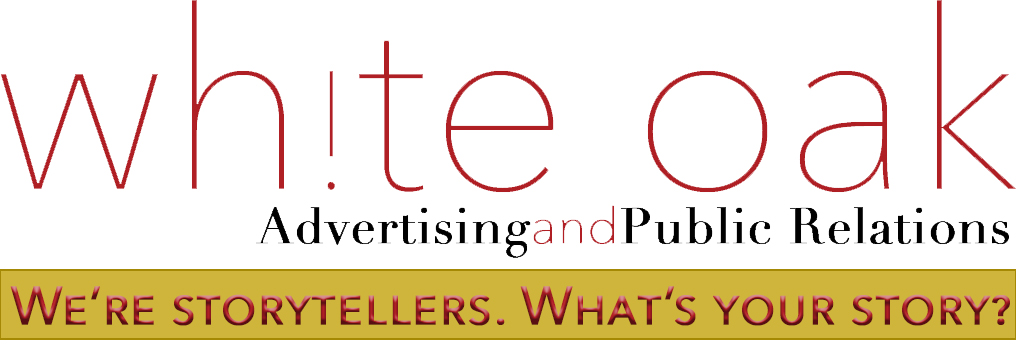Mark Zuckerberg made small business owners nervous a few days ago when he announced changes to the algorithms that determine what people see in their Facebook News Feed.
Zuckerberg said in part, "We built Facebook to help people stay connected and bring us closer together with the people that matter to us... But recently we've gotten feedback from our community that public content -- posts from businesses, brands and media -- is crowding out the personal moments that lead us to connect more with each other."
He continued, "Video and other public content have exploded on Facebook in the past couple of years. Since there's more public content than posts from your friends and family, the balance of what's in News Feed has shifted away from the most important thing Facebook can do -- help us connect with each other."
He went on with lots more feel-good stuff, then he pushed his big red button to open the bomb bay: "...we're making a major change to how we build Facebook... As we roll this out, you'll see less public content like posts from businesses, brands, and media. And the public content you see more will be held to the same standard -- it should encourage meaningful interactions between people."
(Read his whole statement.)
On a personal level, I suppose this means I will see fewer opinions on issues I care about from experts and more opinions penned by Bubba from high school.
On a professional level -- as both an owner of an ad agency and a couple of other small businesses -- this means communicating ours and our clients' messages on social media will now cost more. Incidentally, this isn't the first time Facebook has done this type of thing; but it's the first time to my knowledge it has been addressed so publicly.
Before you jump off your small business ledge, though, here is a summary of ways your business can combat the changes -- from an article published in Entrepreneur.
1. Use the Insights page to determine what types of posts get the most engagement.
2. Post livestream videos whenever possible. Live videos get 6 times more views than regular video posts.
3. Appeal to your customers with interactive and personal posts. Shy away from automated posting apps and canned content. (For example, sharing "Eight Awesome Hacks for your Wedding" on your catering company page isn't going to cut it anymore. I've always thought that was lazy in the first place, but that's beside the point.)
4. Ask your customers to check "See First" for your business page in their News Feed preferences. To be blunt, your followers who will not do this probably aren't interested in your product anyway.
(Read the whole Entrepreneur article.)
I can add a couple more ideas myself.
First, our previous blog talked about taking a holistic approach to marketing. We love to slap up a social media post touting our product or service because it's quick, easy and mostly free. Think outside the box with your marketing. If your entire marketing efforts are dependent on your customers seeing you on their phone -- or any other single medium -- you have all your eggs in one basket, and we know that's not the way to do it.
Second, dust off that old email contact list you struggled so hard to build a few years ago. Send an eNewsletter or an email blast offering a special. That way, you're in control of who sees your message instead of a computer algorithm.
Bottom line: the businesses who have a good product or service and know how to promote it will thrive. The others won't.

